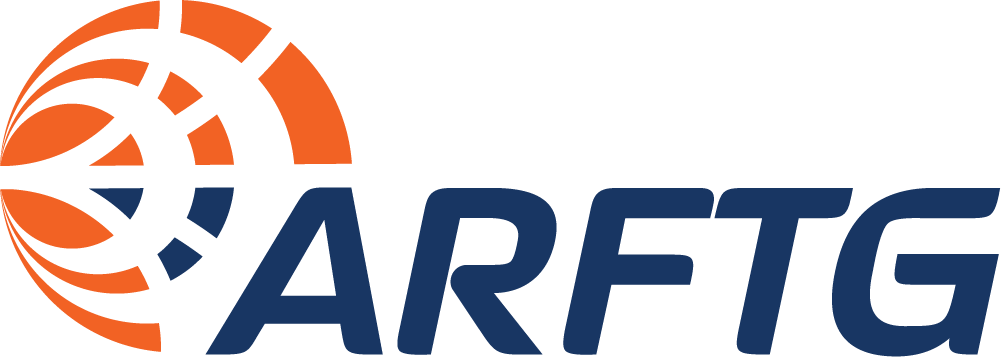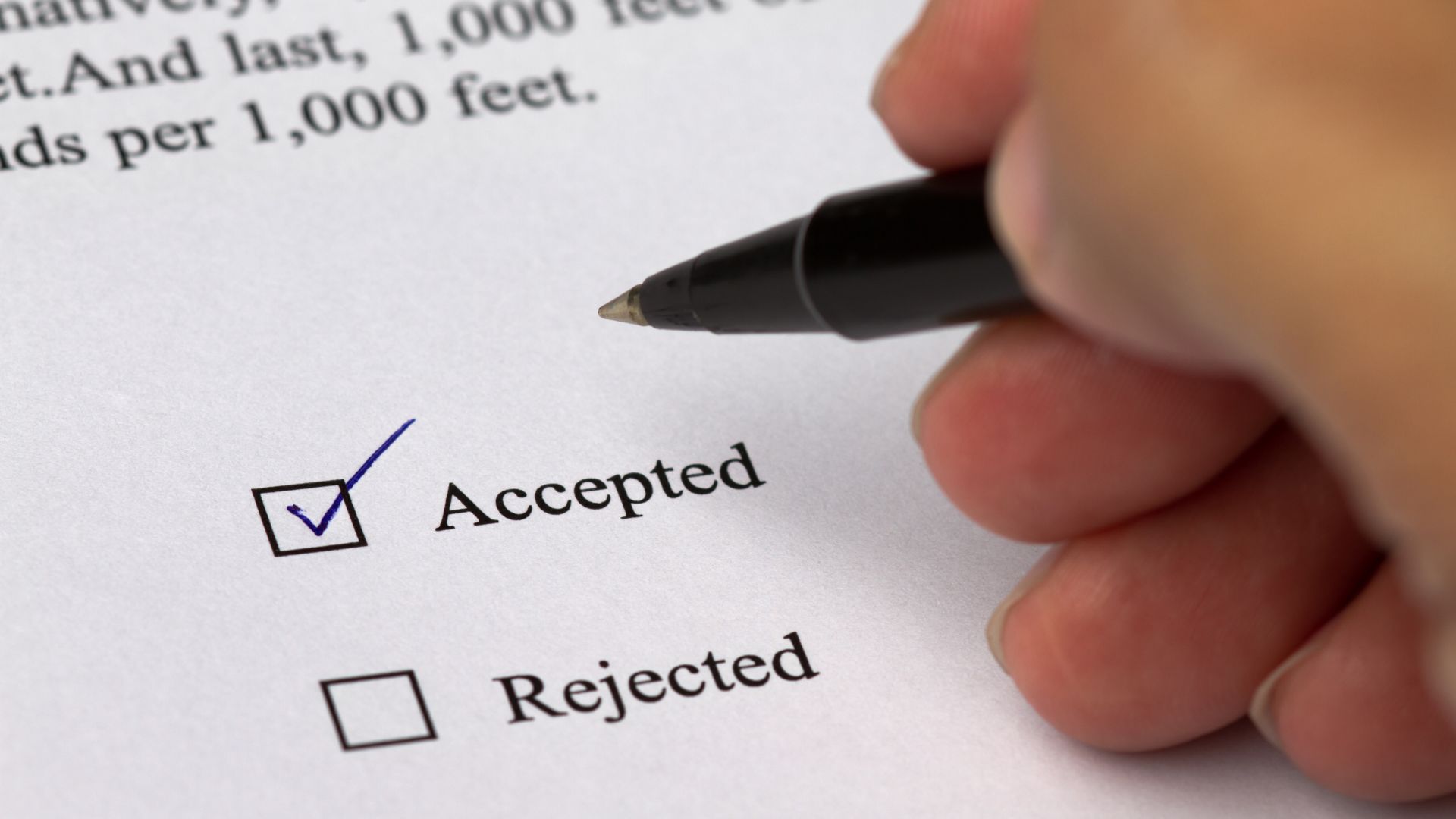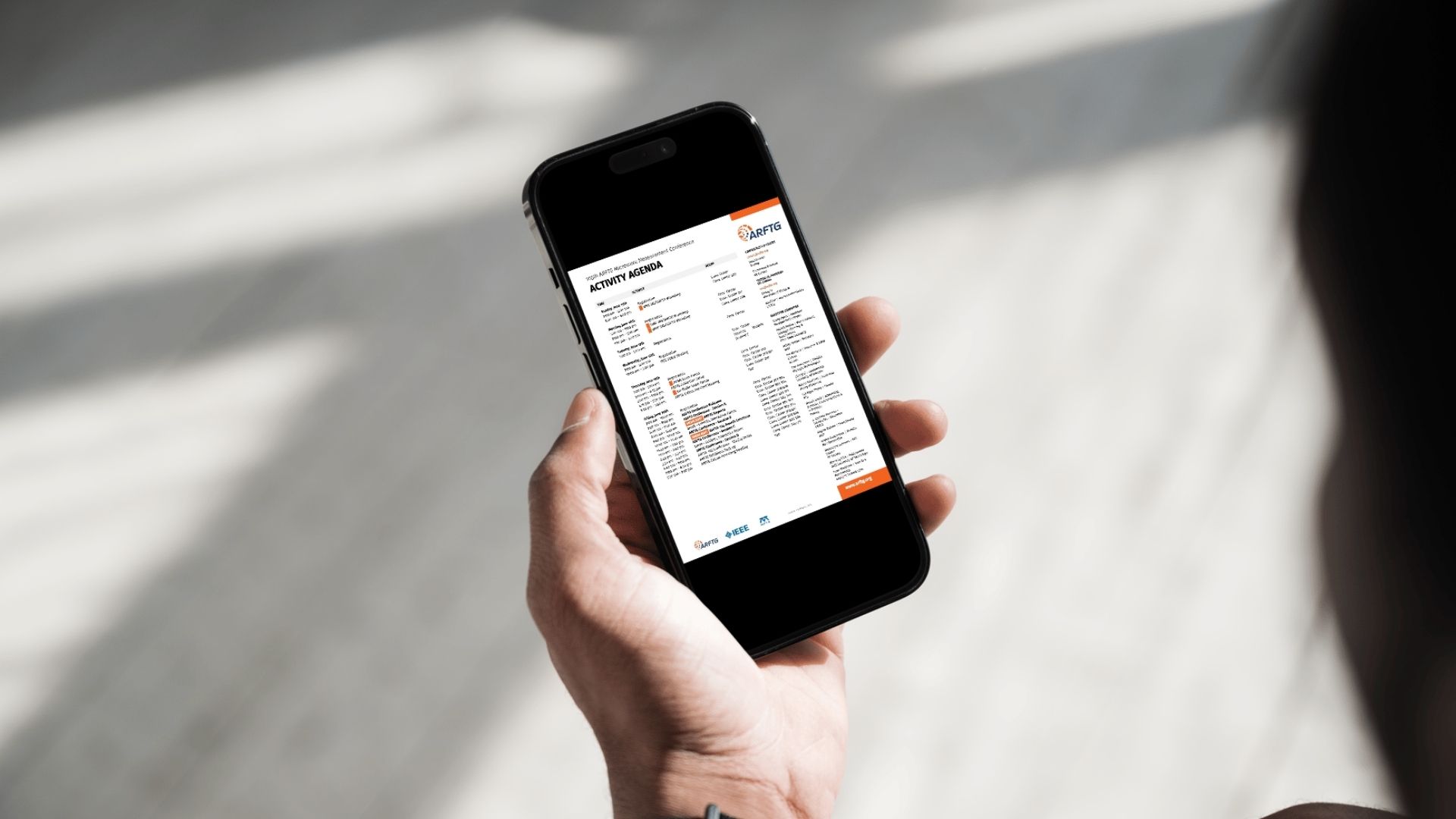How to Prepare a Successful ARFTG Paper Submission
Preparing a strong submission for the ARFTG Technical Program Committee doesn’t have to be daunting! Here are some friendly yet essential guidelines to help your paper stand out and increase its chances of acceptance.
1) Bring on the Innovation!
We love innovative papers on measurements, modeling, design, and simulation methods — the more groundbreaking, the better! If your work includes new approaches or novel techniques, it’s likely to move to the top of the review pile.
Pro tip: Be sure to include measurement results, especially if you can compare them with theoretical predictions. Strong supporting data makes a big difference.
2) Your Submission Doesn’t Have to Be Perfect (Yet)
While your final paper should be polished, your initial submission doesn’t need to be flawless. However, it must contain these key elements:
- A clear problem statement — what issue are you addressing?
- A description of what’s new in your approach.
- Some theoretical background (detailed equations can wait for the full paper).
- Evidence — preferably measurement results—to support your conclusions.
3) Measurements vs. Simulations — What Works Best?
- Measurements are generally preferred over simulations.
- Simulations can still be valuable, especially for concept validation and formula verification.
- Avoid overreliance on simulations when making big claims. For example:
“Our new GaN biasing method improves efficiency to 99%, as shown in simulated results.”
- If you make a claim like this, be ready to back it up with real-world measurements!
4) Your Work Environment Is a Great Source of Paper Ideas
The challenges you tackle in your daily work can lead to strong ARFTG submissions. Consider submitting:
- Solutions for real-world measurement difficulties, such as:
- Cooling a high-power device under test.
- Extending measurement capabilities beyond commercial equipment limits (e.g., higher power, higher frequency, lower noise, better stability).
- Verification or invalidation of previous research:
- “Jane Doe claimed that adding pepper to a Doherty amplifier output improves efficiency by 2%. We tested this and found black pepper works better than white pepper.”
- “John Doe suggested soaking a GaAs FET in Coca-Cola™ enhances reliability. We found no such effect and confirmed Pepsi™ doesn’t help either.”
- Comparative studies, such as:
- Measured vs. specified performance of power meters, VNAs, or noise sources.
- Computation and verification of result uncertainties.
5) Novel Uses of Test Equipment Make for Great Papers
If you’ve found an unexpected or clever way to use existing measurement equipment, we want to hear about it!
- Using a VNA as a boat anchor (okay, maybe not), but using it as a sampling oscilloscope (yes!).
- Employing a sampling scope as a VNA — it’s been done, and new solutions for extending its dynamic range would be valuable.
- Using narrow-band sources to simulate wideband measurements.
- Processing wideband receiver data to achieve the dynamic range of narrowband systems.
Final Thoughts
Submitting to ARFTG is an opportunity to share your expertise and contribute to the community. A well-prepared paper—focused on innovation, solid measurements, and practical insights—has a great chance of being accepted. We look forward to seeing your work!
Got a great idea? Start drafting your submission today!

ARFTG Exhibits Chair



